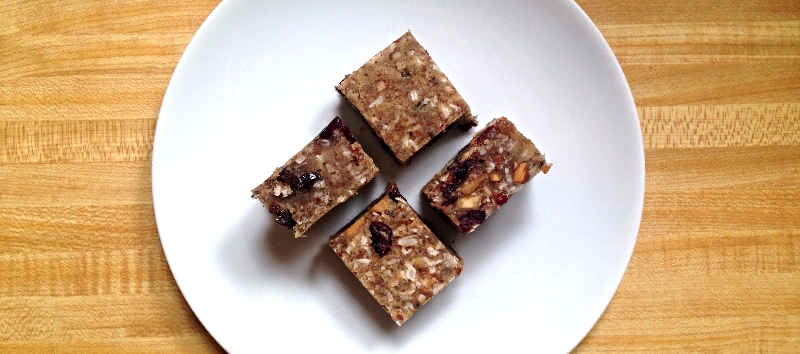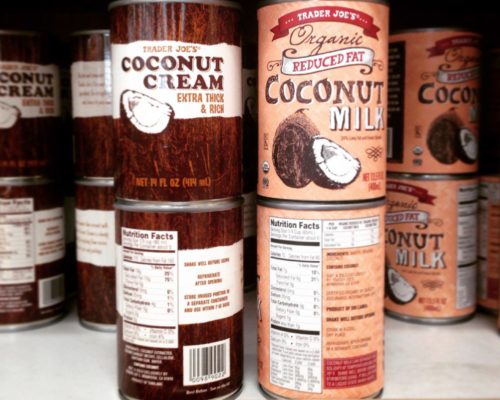part 1 in a series on the theory and practice of exceptional energy bars
Enter the Energy Bar
The concept is as popular as it is simple: a dense parcel of portable nutrition. An energy bar. Famously convenient, supposedly-wholesome sustenance; universally packed for outings and expeditions, cached in desk drawers and glove compartments.
For such a functional food item, there are good grounds for optimization. And yet, as demonstrated by the vast variety of bars arrayed at every sporty/crunchy checkout counter, perfection may be elusive. Or at least in the maw of the beholder. What, precisely, constitutes convenience? Is nutritiousness evaluated on protein volume, sugar content, or an ingredient list’s alignment with some strict roster of approved foods? Ask a gym rat, hockey mom, and spandex-clad cyclist, and we are likely to get wildly different answers.

Nevertheless, some theoretical analysis may go a long way towards identifying the best of the bars. Surely the finest should excel at two fundamental criteria:
1. Durability
To succeed as a foodstuff of convenience, an energy bar must hold up in rough conditions. It must not spoil quickly, melt readily, crumble easily, or go sloppily down the gullet. Can it hang out in a hot car? Survive a day in a day pack? Be consumed without a fistful of wet wipes?
Chocolate bars and honeyed scones, we’ll see you back at the lodge.
2. Nutritive Density
Whatever additional dietary requirements a given nosher might layer on, a bar’s primary objective is to deliver energy as efficiently as possible. Clearly, this means an abundance of calories in a small package. But there’s more to it: empty, processed calories are unlikely to best sustain activity. And if a bar requires significant input of time, effort, or cash1 it will fail to perform as an efficient energy source.
A Case for Homemade
The bar you buy—individually wrapped, shelf-stable, and meticulously food-scienced for flavor and profit—has some obvious advantages. Some are surely better than others (this is not that listicle), but pull anything off the shelf, and it’s likely to excel on the durability side of the equation. These are the bars you want packing your emergency kit and crossing through customs.
But the industrial bars have their limitations, and we are not the first to suggest a homemade alternative. The glut of existing recipes speaks to the demand for an adjacent optimization: one where cost is contained, and wholesomeness goes deeper than the marketing on the wrapper. Consider what may be2 America’s most popular energy bar: its primary ingredients are sugar3 and rolled oats. Stroll by your grocer’s bulk section, and you’ll see these are two of the cheapest substances in the aisle—resold to you at a cost per calorie comparable to the fanciest of the deluxe nut mixes.4
Towards Better Bars
With the bar (forgive me) so low, it shouldn’t be hard to do better. But we’ll do better than better. In upcoming posts, we’ll detail three different master recipes, each a distinct optimization within a different subset of preparation and consumption constraints.
That’s engineer-chef-nerd for: ‘You want the best energy bar? We’ll give you three.’ From among these, and with the inherent adaptability baked into all Kitchen Minimal recipes, you may just find your perfect source of portable, durable, energy.



